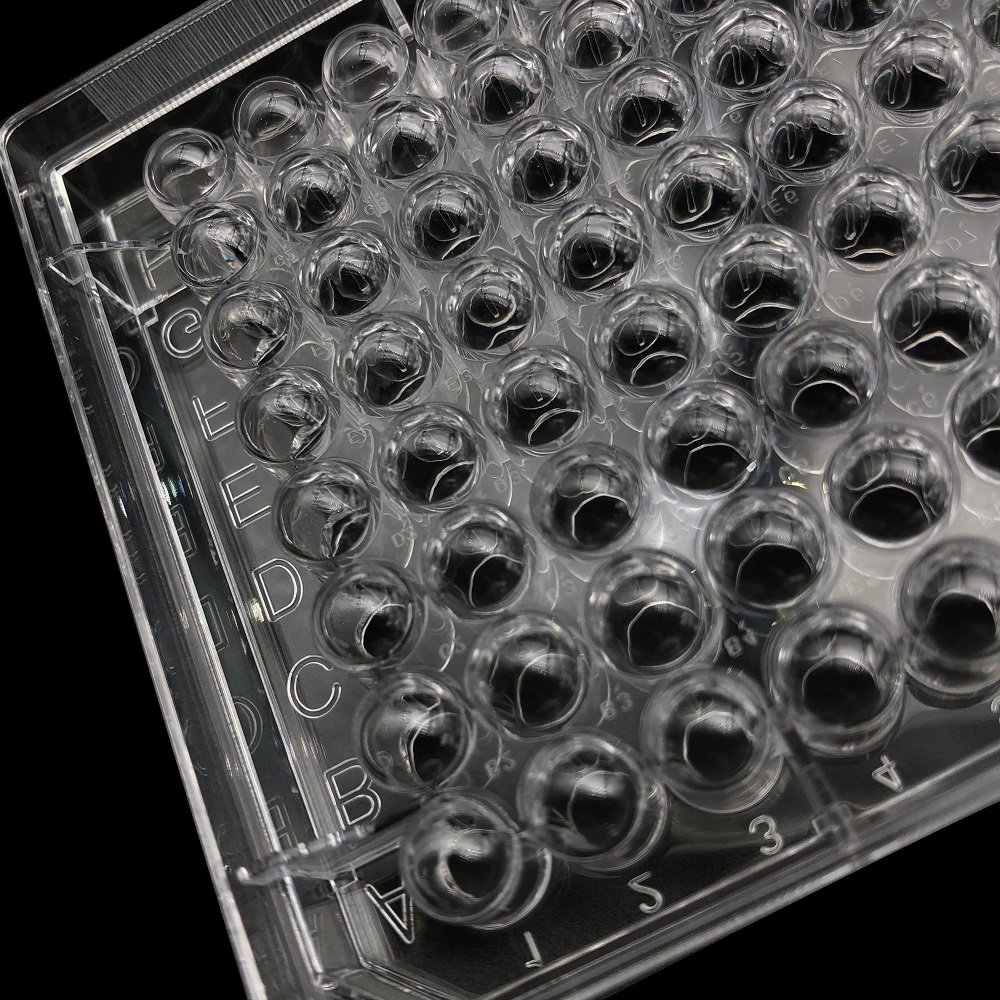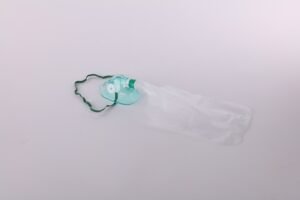What environmental factors and nutritional conditions need to be paid attention to in cell culture?

(1) Sterile environment
Nontoxicity and sterility are the primary conditions for culturing cells in vitro. In vivo, the detoxification system and immune system can resist the invasion of microorganisms or other harmful substances, but in the process of in vitro culture, cells lack the protection of the body’s immune system and lose the ability to defend against microorganisms and detoxify harmful substances. To ensure that cells can grow and reproduce in vitro, it is necessary to ensure a sterile work area, good personal hygiene, sterile reagents and media, and aseptic handling.
Common microbial contaminations include mycoplasma, bacteria, and fungi. Mycoplasma has no lethal toxicity, can coexist with cells for a long time, and has potential effects on cells, but it is small in size and difficult to identify. It can be detected by means of lichen red or Hoechst33342 staining. Bacteria proliferate quickly, can multiply in a large amount in a short time, and produce toxins to kill cells. There are many kinds of fungi, visible to the naked eye, floating on the surface of the culture medium, and can be filamentous, tubular, dendritic, etc.
(2)The right temperature
Generally, the suitable temperature for mammalian and avian cells to be cultured in vitro is 37-38°C. Unsuitable ambient temperature will affect the growth of cells. The tolerance of cells to low temperature is stronger than that of high temperature. At low temperatures, the metabolic activity and mitotic capacity of cells are reduced. If the temperature is not lower than 0°C, although cell metabolism is affected, there is no damage; at 25 to 35°C, cells grow at a slow rate; but if they are placed at 40°C for several hours, it is not only unfavorable for cell survival and growth. , and even lead to its death.

(3) Appropriate osmotic pressure
Hypertonic or hypotonic solutions can cause cells to fold, swell, and burst. Therefore, osmotic pressure is one of the important conditions for culturing cells in vitro. Most cells cultured in vitro have a certain tolerance to osmotic pressure. In practical applications, the osmotic pressure of 260-320 mmol/L can be applied to most cells.
(4) Gas environment and pH
The in vitro culture of cells requires an ideal gas environment. Oxygen and carbon dioxide are necessary conditions for cell survival. Oxygen participates in the tricarboxylic acid cycle of cells, providing energy for cell survival, metabolism, and synthesis; carbon dioxide is not only a metabolite of cells, an essential component for cell growth, but also related to maintaining the pH of the culture medium. The suitable pH range for most cells is often 7.2 to 7.4. In the open culture, a 5% carbon dioxide gas ratio is appropriate.
2. Nutritional conditions:
(1) Culture medium
Cell culture medium contains various nutrients required for cell growth, including carbohydrates, amino acids, inorganic salts, vitamins, etc. According to the nutritional needs of different cells, there are a variety of synthetic media to choose from, such as EBSS, Eagle, MEM, RPM11640, DMEM, etc.

(2) Other added ingredients
In addition to the basic nutrients provided by various synthetic media, other components, such as serum and factors, need to be added according to different cells and different culture purposes. Serum provides important substances such as extracellular matrix, growth factors, and transferrin, and fetal bovine serum is commonly used. The proportion of serum added should be determined according to different cells and different research purposes. 10% to 20% serum can maintain the rapid growth and proliferation rate of cells, which is called growth medium; in order to maintain slow growth or immortality of cells, 2% to 5% serum can be added, which is called maintenance medium. However, there are also substances in serum that are harmful to cell growth and reproduction, such as complement, immunoglobulin, and some growth inhibitory factors; the composition is not clear, which affects the analysis of the results; the serum activity of different animals and different batches varies greatly, which affects The stability of the culture effect. Glutamine is an important nitrogen source for cell growth and plays an important role in the process of cell growth and metabolism. However, because glutamine is very unstable and easily degraded in solution, about 50% of glutamine can be decomposed after 7 days at 4°C. Amino amide needs to be added before use.
Currently, commonly used experimental techniques such as cell experimental models, drug toxicity screening, primary cell isolation and culture, angiogenesis, mitochondrial membrane potential experiments, and 3D organoid culture are all based on the environment and nutritional conditions of cell culture.





